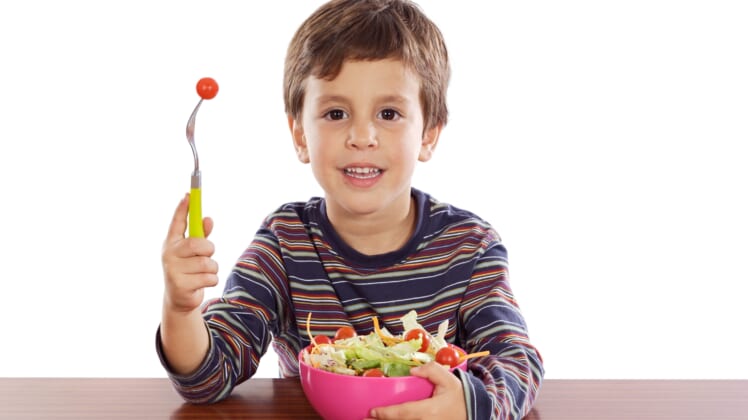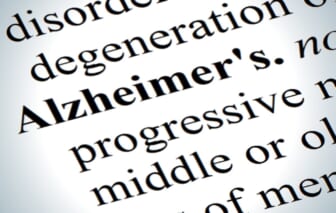
Today, children have many pressures that they have to juggle in life. They must deal with their changing bodies, balance the stress of school, and still find acceptance with their peers.
If they face problems with childhood obesity as well, they will often struggle with other life experiences that are crucial to these maturing children.
By preventing and managing childhood obesity, you will lessen this struggle and help children tackle the other stresses in their lives with greater confidence.

The Truth About Nutrition
A Rising Problem In The United States
According to the Centers for Disease Control and Prevention, childhood obesity has tripled over the last forty years. Now, about 1 out of every 5 children of school age is obese.
Overall, this prevalence accounts for around 17 percent of children in the United States, the majority falling between ages 12 and 19. Childhood obesity is a health outbreak that families and doctors alike must address.
Health Risks
While this health issue does certainly affect a child’s appearance, often lowering self-esteem, obesity leads to many health problems too. These may include sleep apnea, asthma, high cholesterol, cancer, and diabetes.
Researchers studied the link between childhood obesity and a known risk factor for heart disease–hypertension. In fact, the researchers also analyzed data to factor a child’s ethnicity into these health concerns too, the first study to analyze all three factors together. The young adults who participated identified themselves as either Hispanic, African-American, non-Hispanic white, or Asian.
As a result, researchers found that ethnicity does increase the chances that an overweight teen will have high blood pressure. The Hispanic group had the highest overall rate of hypertension. They also held the second-highest rate of obesity.
Although the African-American group had the highest obesity rate, they did not have the highest rate for sustained hypertension. Non-Hispanic whites held this label instead.
The study’s authors still uphold the strong link between obesity and hypertension in any race. However, these findings do show the importance that doctors should treat children on an individual basis. They should also take race into consideration when advising these children to change their lifestyle habits.

Do you Really Need Vitamin Supplements?
Health Lifestyle
In any case of childhood obesity, the child will greatly benefit from improving diet and lifestyle. Since your child is still growing, you should use caution in encouraging him to lose weight. Talk to your pediatrician about the best steps for your child’s health.
In most cases, you simply need to encourage healthy eating and exercise. Rather than focusing solely on your child’s caloric intake, the National Center for Health Research recommends switching out processed foods, carefully checking nutritional content, and using smaller plates for meals.
If your child eats foods like potato chips and sugary snacks, he carries a high risk of gaining weight. If he switches to fruits and vegetables and checks for nutritional content in food, he stands a good chance of maintaining a healthy weight later in life.
In addition, you should limit high-fat foods and fruit juice, provide a balanced breakfast every day, and make sure that your child is getting enough calcium. Research has linked these factors to the risk of childhood obesity, and you can easily help your child guard against this risk.
Finally, the American Heart Association advises that your child should drink plenty of water, eat lean meats, and have fun with exercise. You should also support and participate in these lifestyle changes in order to set an example and foster lasting results.
Conclusion
More children are obese today versus children several decades ago. These children often have low self-esteem and deal with many health problems as a result, but they don’t have to live this way.
With guidance from a doctor and parental support, they can make transforming lifestyle changes that will improve their health. Then, they can tackle other life challenges and turn into healthy, enthusiastic adults.

